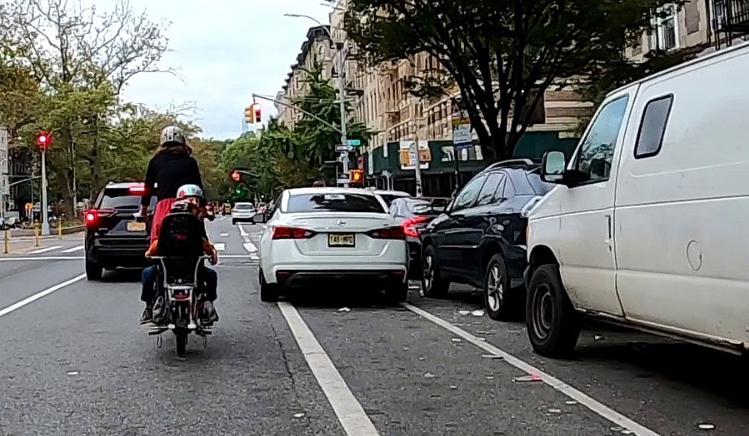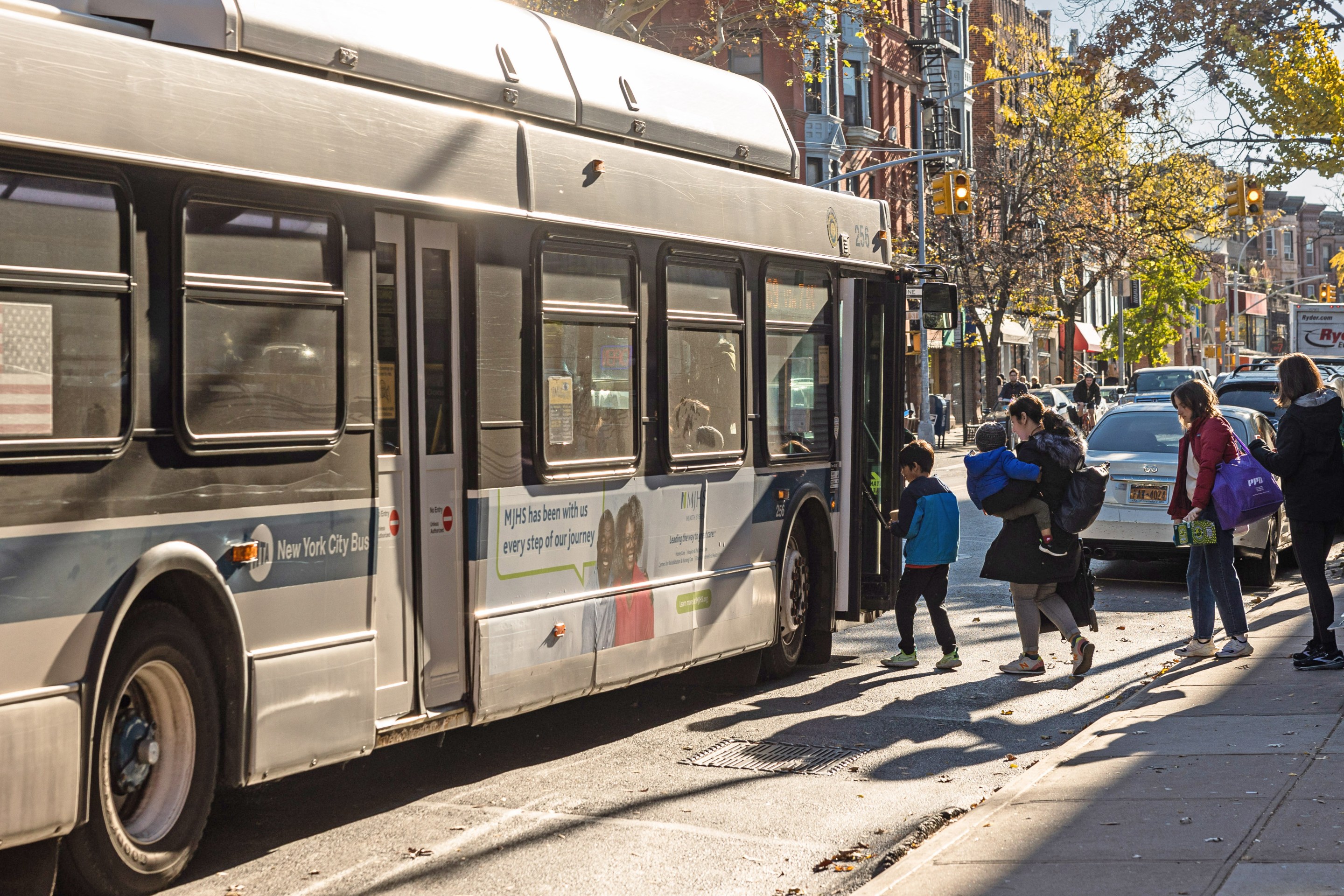The city of Detroit has made rail transit a centerpiece of its revitalization strategy, and with stakes so high, the city needs to get it right.
But a dispute has surfaced about how the light rail line should be positioned. Private investors have been relatively insistent that rail should be aligned by the curb, which they believe will provide the most effective impetus for development. Meanwhile, transit advocates have been pushing for center-running rail, which will provide greater travel speeds, preserve curbside space for cycling, and make pedestrian crossings safer.
Joel Batterman of Network blog Transport Michigan even produced this awesome Lego-man rap video (above) to support the center-running option.
But the investors are holding a lot of cards. The city of Detroit can't afford to provide the local match needed to secure federal funds. And recently, the private group laid their trump card on the table, saying they would withdraw their support if the trains don't run curbside.
So what if that design doesn't make sense from a safety, speed, equity, livability, economic or most any other perspective, as this site, Transportation Riders United, and other local commentators have observed? The M1 Rail investors may not know how to run a railroad (their areas of expertise run more in the direction of truck rentals and carry-out pizza, as well as automobiles), but they do have copious amounts of cash, which is providing part of the local money for the line.
Nonetheless, the public would actually be footing the vast majority of the bill for Woodward light rail: $428 million of $528 million in construction costs, as well as millions in annual operating costs, according to Crain's. Thanks to that, we citizens are supposed to help decide which alternative gets selected. The required federal environmental review provided an opportunity for public comment on the alternatives.
The M1 investors' willingness to hold light rail hostage until they get a curb-running trolley, instead of true rapid transit, does ring of regional business leaders "acting like 5-year-olds," as one DetroitYes writer put it (not very precocious 5-year-olds, either). It's worth considering whether there are any precedents for such action, and how it affects the integrity of the federally mandated alternatives analysis process. We'd love to hear from anyone out there who might be able to provide some answers.
This is a really good example of the equity in transit conversation that's been percolating on the Streetsblog Network this week.
Elsewhere on the Network today: Let's Go Ride a Bike says that Chicago made a smart play with its much-hyped cyclist crackdown. Urban Milwaukee reports that the city's streetcar plan on its way to City Council for approval. And BikesideLA reports that police are blaming the 11 cyclists injured by a motorist in Los Angeles this week for causing the collision.




